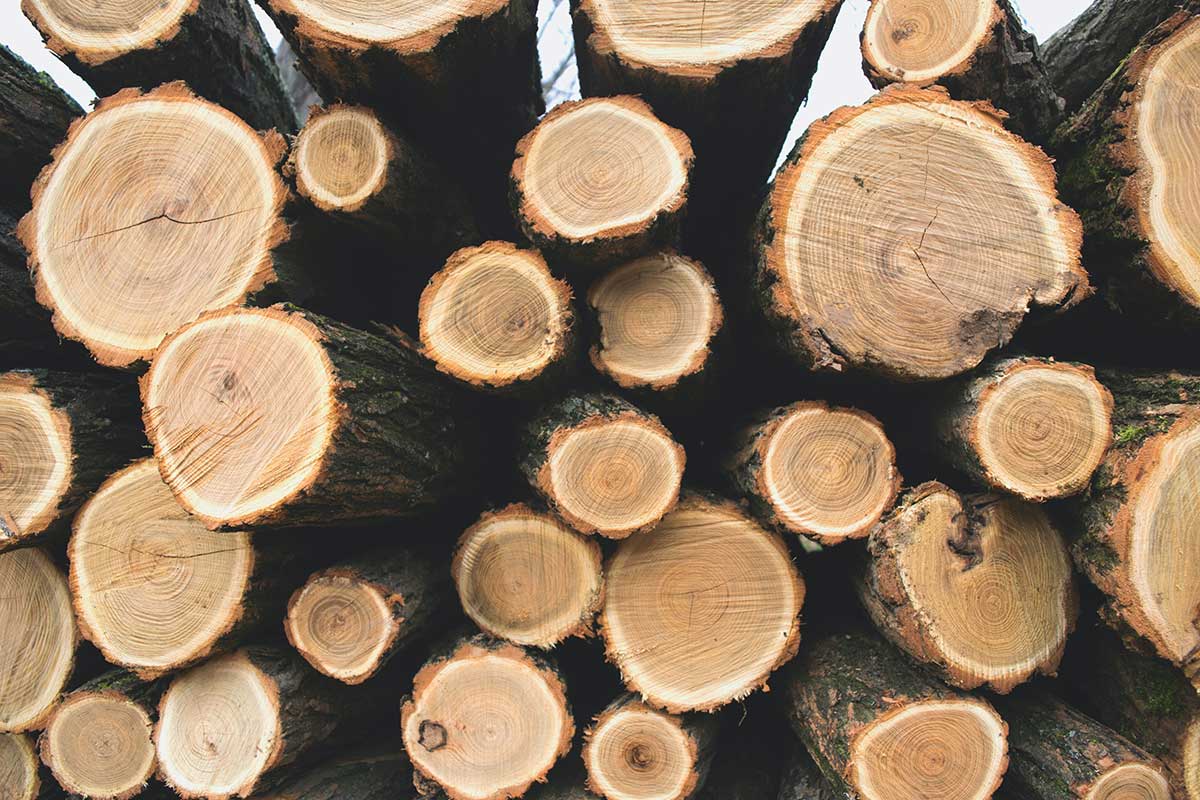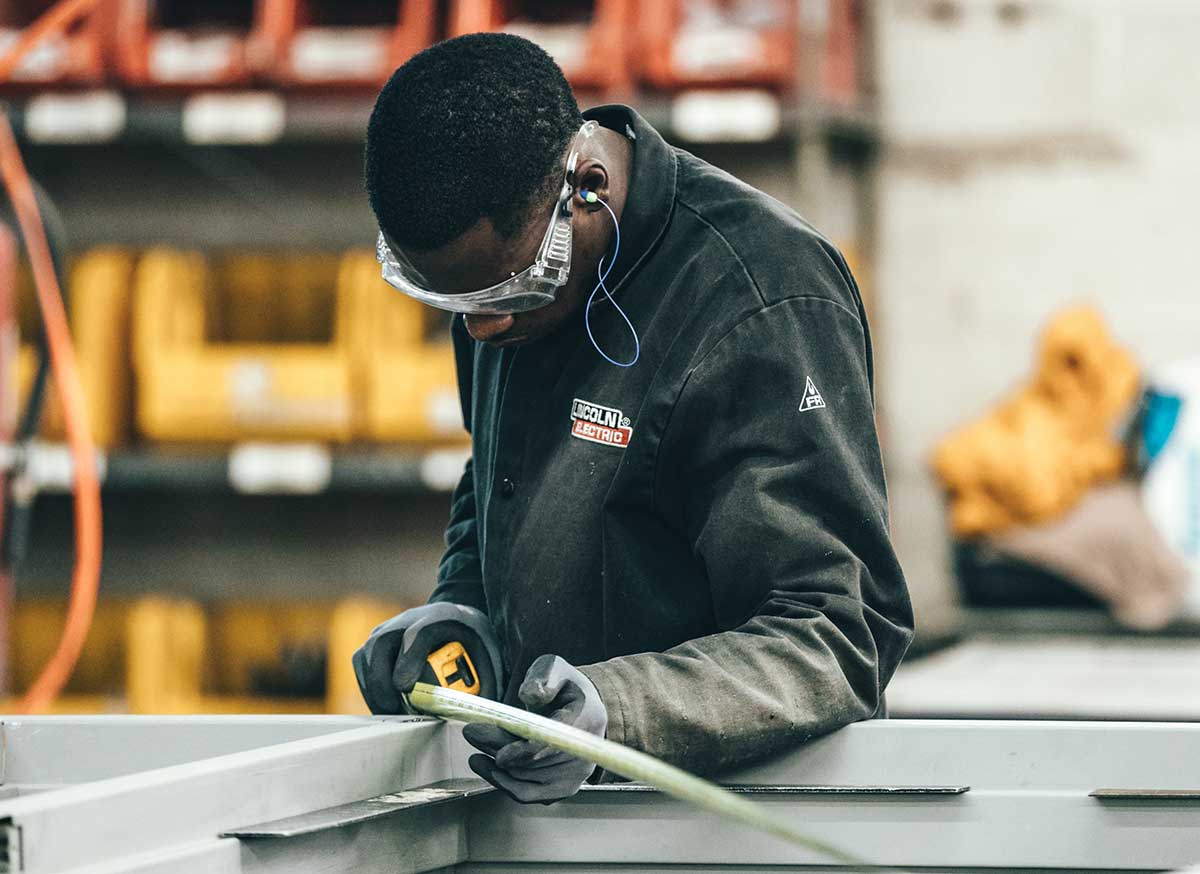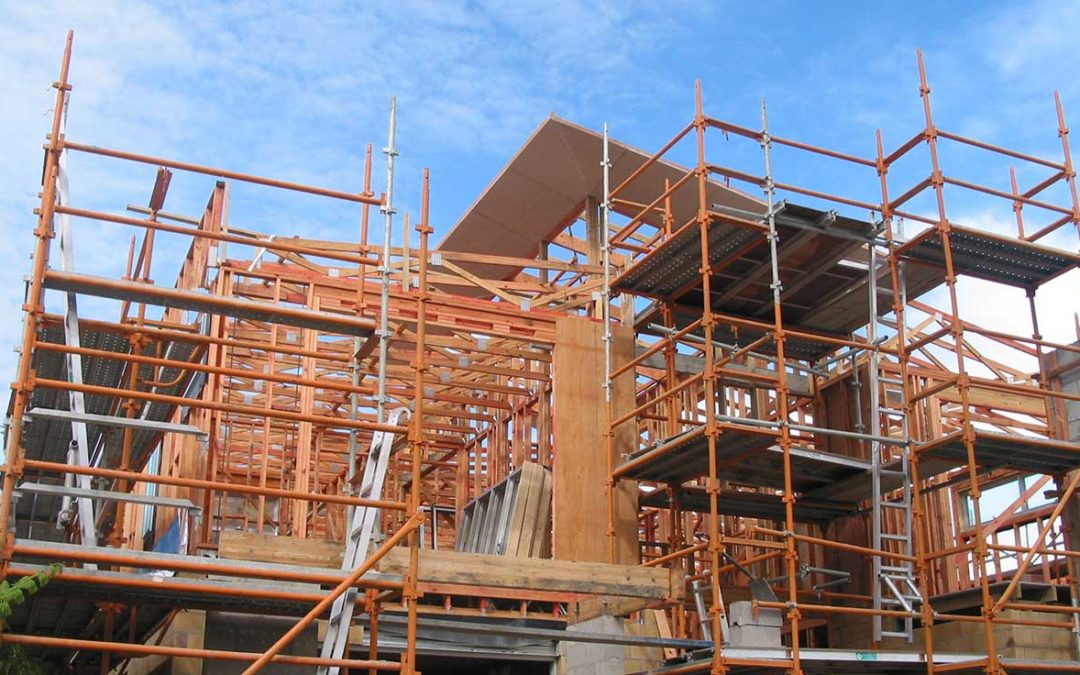There is no doubt that events of the past 18 months have been extremely challenging.
Droughts, bushfires, hailstorms, floods, and a global pandemic, we’ve weathered a seemingly continuous series of apocalyptic natural disasters.
Despite all this however, house prices are booming, resulting in a surge of new construction work all around the country.
This is attributed largely to record low interest rates, government stimulus measures, and domestic migration as workers are unshackled from the burden of having to commute to work in the centre of the big cities. A resultant surge in migration to country and regional areas as families seek a lifestyle sea / tree change is fuelling rapid new growth in these areas.
There could however be a crisis looming. Construction prices are rising rapidly, and material shortages are threatening the construction boom and potentially slowing our economic recovery.
There are several factors contributing to this impending crisis that can be directly attributed to these recent natural disasters.

Bushfires
Along with the loss of lives, livelihoods, buildings infrastructure and vast tracts of native vegetation, commercial pine forests were also destroyed. This has resulted in a shortage of timber products ranging from timber framing used for walls, floors, beams and roof trusses, to composite boards required for the manufacture of joinery sheets.
Building resources have also been severely stretched in bushfire and flood affected areas as the sheer volume of new buildings required to be reconstructed all at the same time causes a shortage of skilled trades, driving up labour rates.
COVID
This pandemic has undoubtedly had the biggest impact on the shortage of materials and consequent price rises due to a confluence of many factors.

Manufacturing
Globalisation has resulted in many commodities no longer being manufactured in our own country, so we rely on trade imports for many of our building products from overseas.
Whilst in Australia we have experienced relatively short-term shutdowns of some of our factories as a result of COVID outbreaks, many of the overseas countries that we import from have suffered prolonged disruption to their manufacturing industries. This has created a global shortage of materials, and a reduction in available products that we can access to import.
Stockpiling
As the COVID crisis developed, consumer confidence dropped as the world faced an uncertain future.
Many expected a severe economic downturn would result, and consequently suppliers and manufacturers let their material inventories decline as they “battened down the hatches and prepared to weather the storm”.
Now that the economy is bouncing back stronger and quicker than expected, the lack of material stocks within the country is creating shortages of many products, and inability to purchase others.

Transport
Whilst manufacturing has been severely disrupted, so has the global supply chain and its reliance on shipping. Ocean freight rates began to soar mid last year as consumers confined to their homes unable to spend money on services, began online shopping for goods instead.
This was exacerbated by Governments and Central banks flooding the market with cash to bolster the pandemic hit global economy.
Most of the goods we purchase online are transported from their country of origin in shipping containers, and demand has been such that there is a severe shortage of these containers globally. This is compounded by health precautions requiring quarantining of shipments from some countries, and a shortage of available staff to load and unload ships at Ports exporting or importing goods.
Road transport within Australia has also been severely restricted by border closures as various states slammed their borders shut in response to outbreaks in other parts of the country.

Trade Wars and Tariffs
Our reliance on China to produce so many of the goods we use in our daily lives as well as the building materials required to construct our homes has become quite evident in recent times.
The current trade war developing between our nations is only going to exacerbate the shortage of some materials.
China’s demand for our iron ore on the other hand has dramatically increased commodity prices in that market. This is certainly beneficial revenue for our economy; however it is also resulting in large price increases for the steel they manufacture that we then import and use to build with.
The Consequences
Economists are cautious in predicting how this is all likely to play out.
There is the expectation that inflation concerns will see banks begin to raise their interest rates to slow the property boom. Predicting when this happens however is the big unknown, so for the foreseeable future, expect to see construction prices continue to rise as material and labour shortages become more pronounced.
You might also be interested in...

The Most Popular Home Configurations in Australia in 2024
Discover 2024’s top Australian home configurations: bedrooms, bathrooms, and parking preferences. Explore how changing lifestyles shape popular house configurations nationwide.

Exploring Contemporary Applications of Brise Soleil
Contemporary applications of Brise Soleil combine functionality, aesthetics, and sustainability, making them a popular choice in various building designs worldwide.










